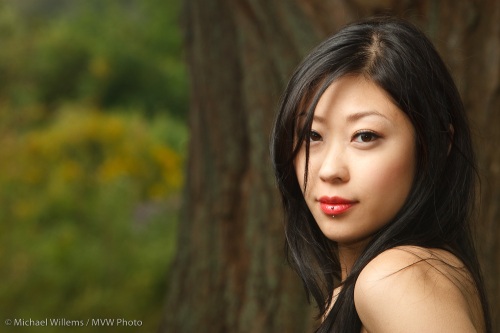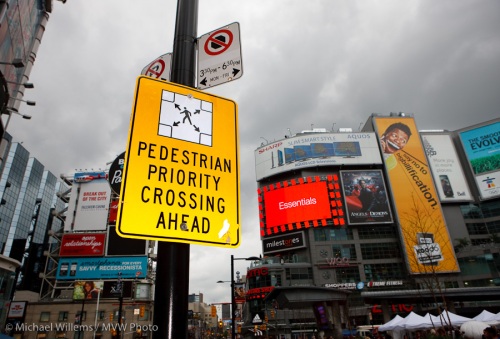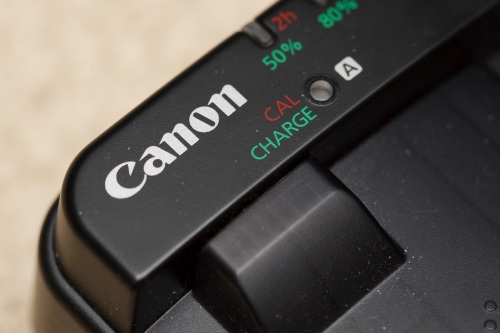The following press release tells me several things:
September 9, 2009
Nikon Corporation (Michio Kariya, President) is pleased to announce that as of August 2009 total production of NIKKOR lenses, interchangeable lenses for Nikon SLR cameras, reached fifty million. Total production of NIKKOR lenses reached forty-five million in August 2008 with production of an additional five million over the past year.
Nikon (then Nippon Kogaku K.K.) released its first NIKKOR lens for Nikon SLR cameras, the NIKKOR-S Auto 5cm f/2, in 1959 along with its first SLR camera, the Nikon F. In the fifty years since then, NIKKOR lenses have been extremely well received by a great number of photo enthusiasts and professional photographers.
The current lineup of more than sixty NIKKOR lenses for Nikon SLR cameras offers a wide variety of lenses, including fisheye lenses, super wide-angle to super telephoto lenses and micro lenses.
The NIKKOR brand
As the brand name for Nikon lenses, NIKKOR has become synonymous with high-performance, high-quality SLR lenses. The NIKKOR name comes from adding “R”—a common practice in the naming of photographic lenses at that time—to “Nikko”, the Romanized abbreviation for Nippon Kogaku K.K. In 1933, the large-format lens for aerial photography was released with the name Aero-Nikkor, making last year the 75th anniversary of the NIKKOR brand.
First, a trivial one. Americans (and Canadians, who seem to follow Americans all too often) say “Neye-kon”. Elsewhere we say “Nikkon”, i.e. with the “i” pronounced as in “women”. And since the derivation is from Nippon (Japan), I can now finally see that that latter pronounciation is correct. (If you do not know Nippon, it is the official name for Japan, as my father learned during WW2 when he and his family were a guest of the emperor). So anyway: Nikon as in “Nikkon”, “i” as in women”.
Second, a more important one, 5 million lenses since Nikon was born in the same year I was born in, and 10% of them made in the last year. A recession year, to wit. That is huge, and shows how amazingly popular photography is becoming with digital technology.
Good times ahead for the makers, and good times for all the people who will have more pictures of their families than I have of mine. Take pictures while you can. Or one day it’ll be too late and you will wonder “why do I have so few pictures of my kids growing up, or of my parents or friends”.













